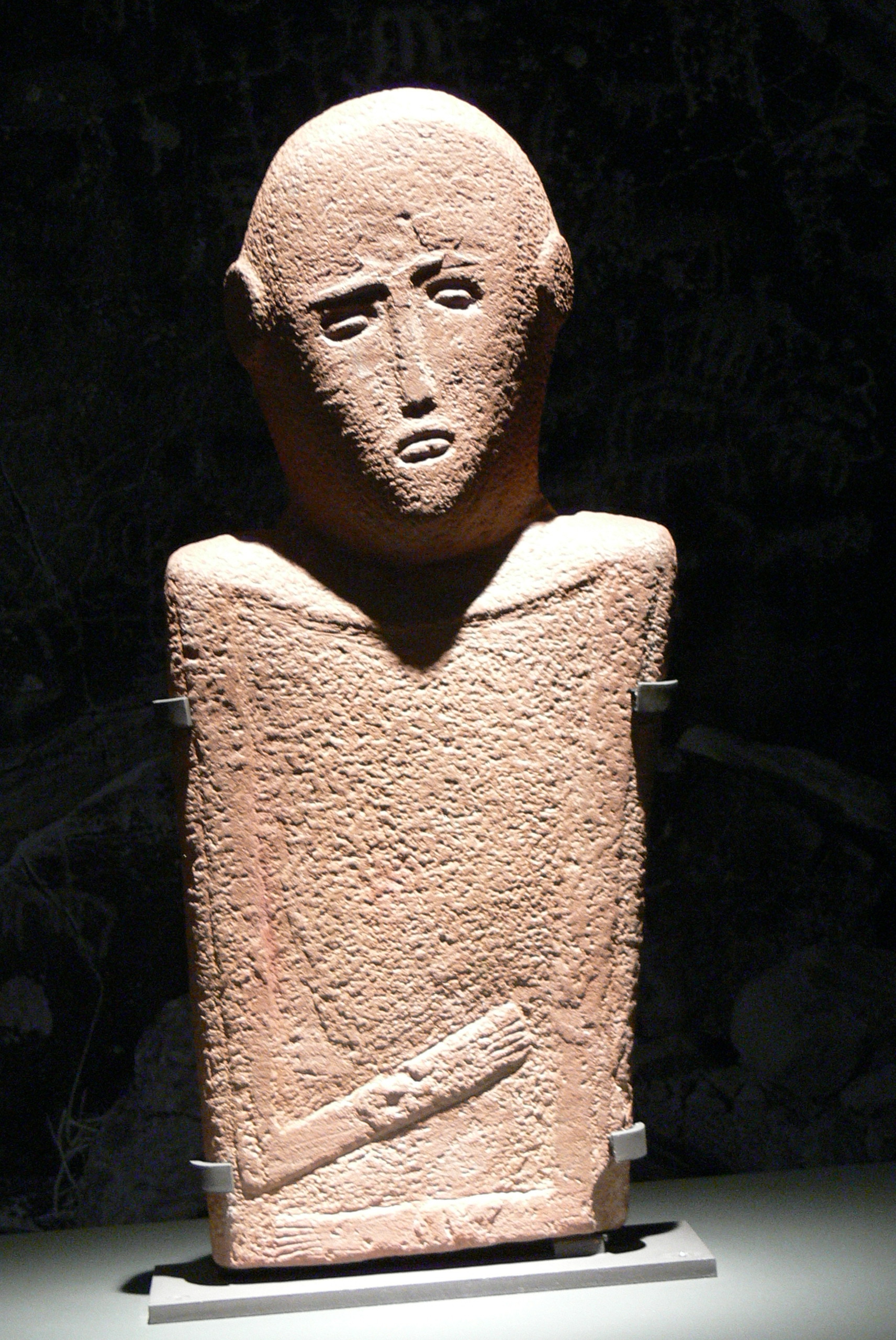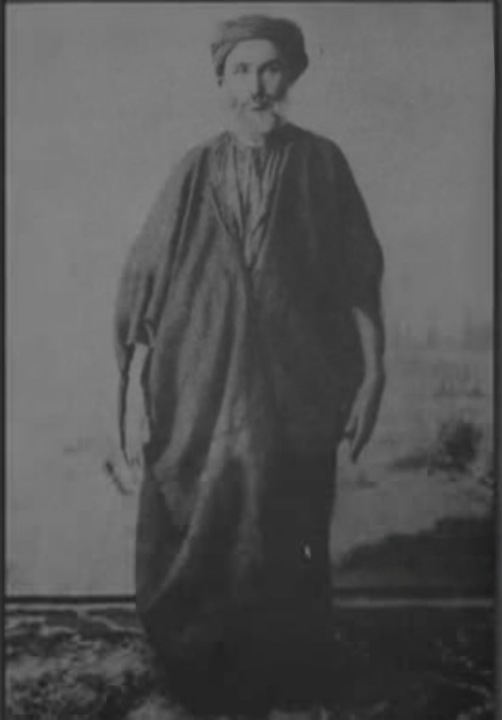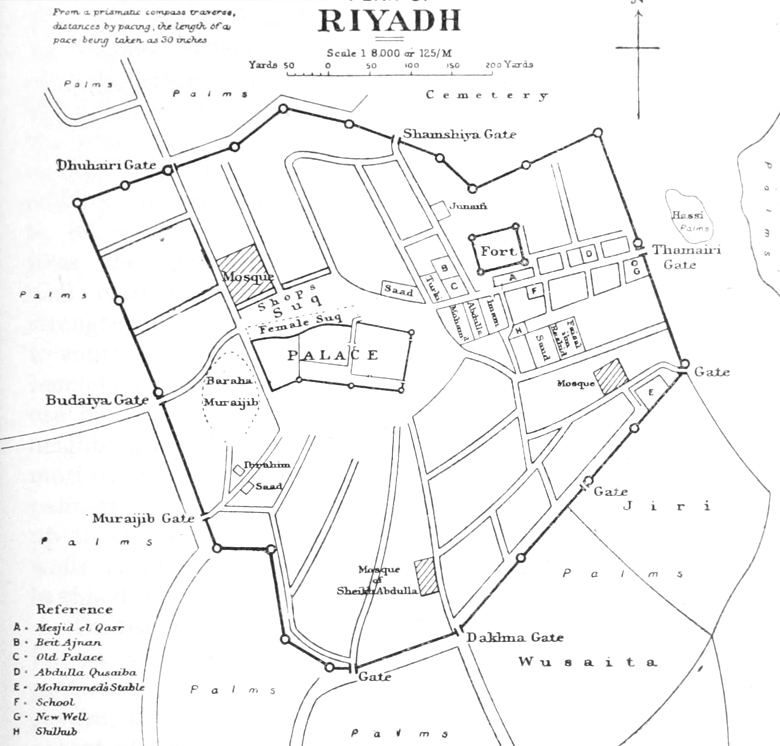|
Najdi Arabic
Najdi Arabic (, Najdi Arabic: , ) is the group of Arabic varieties originating from the Najd region of Saudi Arabia. Outside of Saudi Arabia, it is also the main Arabic variety spoken in the Syrian Desert of Iraq, Jordan, and Syria (with the exception of Palmyra oasis and settlements dotting the Euphrates, where Mesopotamian Arabic is spoken) as well as the westernmost part of Kuwait. Najdi Arabic can be divided into four region-based groups: #Northern Najdi, spoken by the tribe of Shammar and surrounding tribes in Ha'il Region in Najd and the Syrian Desert. #Mixed northern-central Najdi of Al-Qassim, Northern Riyadh region of Sudair, and the tribe of Dhafeer around Kuwait. #Central Najdi, spoken in the city of Riyadh and surrounding towns and farming communities, and by the tribe of Anazah in the Syrian Desert. This dialect group includes the modern urban dialect of Riyadh, which has become the prestige dialect of Saudi Arabia. #Southern Najdi, spoken by the tribes of Qah ... [...More Info...] [...Related Items...] OR: [Wikipedia] [Google] [Baidu] [Amazon] |
Saudi Arabia
Saudi Arabia, officially the Kingdom of Saudi Arabia (KSA), is a country in West Asia. Located in the centre of the Middle East, it covers the bulk of the Arabian Peninsula and has a land area of about , making it the List of Asian countries by area, fifth-largest country in Asia, the largest in the Middle East, and the List of countries and dependencies by area, 12th-largest in the world. It is bordered by the Red Sea to the west; Jordan, Iraq, and Kuwait to the north; the Persian Gulf, Bahrain, Qatar and the United Arab Emirates to the east; Oman to the southeast; and Yemen to Saudi Arabia–Yemen border, the south. The Gulf of Aqaba in the northwest separates Saudi Arabia from Egypt and Israel. Saudi Arabia is the only country with a coastline along both the Red Sea and the Persian Gulf, and most of Geography of Saudi Arabia, its terrain consists of Arabian Desert, arid desert, lowland, steppe, and List of mountains in Saudi Arabia, mountains. The capital and List of cities ... [...More Info...] [...Related Items...] OR: [Wikipedia] [Google] [Baidu] [Amazon] |
Shammar
The tribe of Shammar () is a tribal Arab Qahtanite confederation, descended from the Tayy, which migrated into the northern Arabian Peninsula from Yemen in the second century. It is the largest branch of the Tayy, and one of the largest and most influential Arab tribes. The historical and traditional seat of the tribe's leadership is in the city of Ḥaʼil; where most of the people of the tribe of Shammar are found, in what was the Emirate of Jabal Shammar in what is now Saudi Arabia. In its "golden age", around the 1850s, the Shammar ruled much of central and northern Arabia from Riyadh to the frontiers of Syria and the vast area of Upper Mesopotamia (). One of the early famous figures from the tribe was the legendary Hatim Al-Ta'i (Hatim of Tayy; died 578), a Christian Arab renowned for generosity and hospitality who figured in the ''One Thousand and One Nights''. The early Islamic historical sources report that his son, Adi ibn Hatim, whom they sometimes refer to as the ... [...More Info...] [...Related Items...] OR: [Wikipedia] [Google] [Baidu] [Amazon] |
Labial Consonant
Labial consonants are consonants in which one or both lips are the active articulator. The two common labial articulations are bilabials, articulated using both lips, and labiodentals, articulated with the lower lip against the upper teeth, both of which are present in English. A third labial articulation is dentolabials, articulated with the upper lip against the lower teeth (the reverse of labiodental), normally only found in pathological speech. Generally precluded are linguolabials, in which the tip of the tongue contacts the posterior side of the upper lip, making them coronals, though sometimes, they behave as labial consonants. The most common distribution between bilabials and labiodentals is the English one, in which the nasal and the stops, , , and , are bilabial and the fricatives, , and , are labiodental. The voiceless bilabial fricative, voiced bilabial fricative, and the bilabial approximant do not exist as the primary realizations of any sounds in E ... [...More Info...] [...Related Items...] OR: [Wikipedia] [Google] [Baidu] [Amazon] |
Al Murrah
The Al Murrah () (singular 'Al Marri') are an Arab tribe descended from the Banu Yam tribe. They mainly reside in countries such as Qatar, Saudi Arabia, United Arab Emirates, Kuwait and Bahrain. Historically, the Al Murrah were a tribe of camel-herding nomads, who controlled and travelled through a vast area of the Arabian Peninsula. Seven clans make up the Saudi branch of the Al Murrah.Donald Cole. ''Nomads of the Nomads: The Al Murrah Bedouin of the Empty Quarter'' (1975) () Travelling as much as each year, the tribe comprises approximately 15,000 individuals. Population Qatar Historically, the Al Murrah tribe made up a large proportion of Qatar's ethnic population. In 1885, a number of Al Murrah tribespeople, along with several members from the Bani Hajer tribe, renounced their allegiance to Qatar and departed from the country. The two families were joined by the Ajman tribe, whom were known to harbor hostilities toward Qatar and regularly engage in skirmishes with its i ... [...More Info...] [...Related Items...] OR: [Wikipedia] [Google] [Baidu] [Amazon] |
Ajman (tribe)
Al-Ajman or al-'Ijman (, singular Ajmi ) is an Arabian tribal confederation in the Arabian Peninsula, with Ajman spread across Saudi Arabia, Qatar, the United Arab Emirates and Kuwait. Origin Al-Ajman is a Qahtanite Arab tribe that is descended from Banu Yam tribe. Most of Ajman left their nomadic life and lived in northeastern of Saudi Arabia. History The Ajman were noted for being important players in the politics of eastern Arabia in the 18th and early 20th centuries. Their most famous leader (or ''sheikh'') during the 19th-20th century was Rakan bin Hithlain, who is still well known in Arabian tribal lore. He was noted for his poetry and is often known as the maternal grandfather of the current Crown Prince of Saudi Arabia Mohammed bin Salman. In 1861 the Ajman were defeated by Faisal bin Turki bin Abdullah Al Saud, Faisal bin Turki, the Imam of the Second Saudi State, after challenging his rule in the 1850s. Faisal bin Turki later married into the tribe. Later they suppor ... [...More Info...] [...Related Items...] OR: [Wikipedia] [Google] [Baidu] [Amazon] |
Najran
Najran ( '), is a city in southwestern Saudi Arabia. It is the capital of Najran Province. Today, the city of Najran is one of the fastest-growing cities in the kingdom of Saudi Arabia. As of the 2022 census, the city population was 381,431, with the population of the governorate of Najran being 592,300. Today, the population is primarily Ismaili with a Sunni minority. The ancient city of Najran is now largely in ruins, the archaeological site Al-Okhdood, located south-east of the present-day city. In ancient times, this Najran was a major urban, agriculture, industrial (cloth, leather), and trade (incense) center, located in the midst of a fertile wadi (valley), called the Wadi Najran. Najran was also located at the intersection of two main caravan routes: one running from Hadhramaut, to the Hejaz, to the Eastern Mediterranean, and another running from the northeast through Al-Yamama and into Mesopotamia. Its pre-Islamic history is notable for its Christian community, inclu ... [...More Info...] [...Related Items...] OR: [Wikipedia] [Google] [Baidu] [Amazon] |
Rub' Al-Khali
The Rub' al KhaliOther standardized transliterations include: /. The ' is the assimilated Arabic definite article, ', which can also be transliterated as '. (; , ) or Empty Quarter is a desert encompassing most of the southern third of the Arabian Peninsula. The desert covers some (the area of long. 44.5°−56.5°E, and lat. 16.5°−23.0°N), including parts of Saudi Arabia, Oman, the United Arab Emirates, and Yemen. It is part of the larger Arabian Desert. Description Terrain The desert is long, and wide. Its surface elevation varies from in the southwest to around sea level in the northeast. Most of the terrain is ergs, with sand dunes up to high, interspersed with gravel and gypsum plains. The sand is reddish-orange due to the presence of feldspar. There are also brackish salt flats in some areas, such as the Umm al Samim area on the desert's eastern edge. Ali Al-Naimi reports that the sand dunes do not drift. He goes on to say, Sand blows off the surface, of ... [...More Info...] [...Related Items...] OR: [Wikipedia] [Google] [Baidu] [Amazon] |
Banu Yam
Banu Yam (, ') is an Arabian tribe that belongs to the Qahtanite branch of Arabian tribes, specifically the group known as Banu Hamdan, and are, therefore, native to southwestern Arabia. Their traditional way of life was well suited to life in the Arabian Desert and East Saharo-Arabian xeric shrublands they once lived in. Most have moved into small villages and given up their previous nomadic way of life. The tribe of Yam was also the progenitor of two other important tribes: the Al Murrah and the 'Ujman of eastern Saudi Arabia and the Persian Gulf coast. The Yam are notable among the tribes of Saudi Arabia for the majority of its members who follow the small Sulaymani Isma'ili branch of Shi'ite Islam. Religious leadership is currently in the hands of the al-Makrami clan, who joined Yam through alliance some time in the 17th century. Most Yam in Najran are Isma’ili while the Al-Ajman and Al Murrah branches who can be found in Saudi Arabia, Kuwait, Qatar, Bahrain are ... [...More Info...] [...Related Items...] OR: [Wikipedia] [Google] [Baidu] [Amazon] |
Qahtan (tribe)
Qahtān (, also spelled as ) to distinguish between the tribe and the Qahtanite peoples, is an Arab tribal confederation. Qahtan is composed of three main tribes: Sanhan, Junb, and Rufaida. Today, members of the tribe and its sub-tribes are based in Yemen, Saudi Arabia, Oman, Qatar, Bahrain, Iraq, Kuwait, and the United Arab Emirates. History Al Qarmalah The Qahtan tribe enjoyed It settled in one of the Najd regions known as Al-Quwai'iyah and expanded its influence in southern Najd, but Najd is subject to the rule Ibn Saud in the second Saudi state. Several historians have described Qahtan as It became one of the powerful tribes of Najd for a while and then left for its original home in the south.^ جامعة الملك سعود / قسم التاريخ - كلية الاداب The ''Jahader'' branch of the Sanhan sub-tribe of Qahtan migrated to southern Najd from their homelands in Asir Region during the late 18th century and early 19th century under the leadership of Athfar al- ... [...More Info...] [...Related Items...] OR: [Wikipedia] [Google] [Baidu] [Amazon] |
Anazah
Anizah or Anazah (, Najdi Arabic, Najdi pronunciation: ) is an Arabian tribe in the Arabian Peninsula, Upper Mesopotamia, and the Levant. Genealogy and origins Anizah's existence as an autonomous tribal group, like many prominent modern tribes, predates the rise of Islam in the seventh century. The classical Arab genealogists placed Anizah within the large Rabi'a ibn Nizar, Rabiʿa branch of the Adnanites alongside the tribes of Abd al-Qays, Banu Bakr, Bani Hanifa, and Taghlib. In the genealogical scheme, Anizah's eponymous ancestor is a great uncle of all of these. Two main branches of Anizah are recorded by the early historians. One branch was nomadic, living in the northern Arabian steppes bordering Syria and Mesopotamia. The other, was sedentary, living within the wadis of the district of Al-Yamama in eastern Najd, just south of their purported cousins, the Bani Hanifa of the Banu Bakr, who inhabited modern-day Riyadh. One of these clans Bani Hizzan, Families tracing thei ... [...More Info...] [...Related Items...] OR: [Wikipedia] [Google] [Baidu] [Amazon] |
Riyadh
Riyadh is the capital and largest city of Saudi Arabia. It is also the capital of the Riyadh Province and the centre of the Riyadh Governorate. Located on the eastern bank of Wadi Hanifa, the current form of the metropolis largely emerged in the 1950s as an offshoot of the 18th century Walled town of Riyadh, walled town following the dismantling of its Riyadh city fortifications, defensive fortifications. It is the List of Arabian cities by population, largest city on the Arabian Peninsula, and is situated in the center of the An Nafud, an-Nafud desert, on the eastern part of the Najd plateau. The city sits at an average of above sea level, and receives around 5 million Tourism in Saudi Arabia, tourists each year, making it the List of cities by international visitors, forty-ninth most visited city in the world and the 6th in the Middle East. Riyadh had a population of 7.0 million people in 2022, making it the List of cities in Saudi Arabia, most-populous city in Saudi Arabia, ... [...More Info...] [...Related Items...] OR: [Wikipedia] [Google] [Baidu] [Amazon] |
Al-Dhafeer
Al-Dhafeer () is a Bedouin Arab Tribe. That descend from Tayy. The Nisba of Al-Dahfeer is Al-Dhafeeri (Arabic: الظفيري) They lived in the Desert east of Medina in from around 1200 AD to 1450 AD, then they moved to Najd and settled there until around 1740 AD, then they moved to the Desert of north Najd and north Bahrain (Eastern Arabia), which is the desert of south Iraq and north Saudi Arabia and north Kuwait. Now most of the tribe lives in Saudi Arabia and Kuwait taking positions such as professors, politicians, scholars, doctors and engineers. They also live in small numbers in Iraq, Syria, Qatar, Bahrain and Turkey Turkey, officially the Republic of Türkiye, is a country mainly located in Anatolia in West Asia, with a relatively small part called East Thrace in Southeast Europe. It borders the Black Sea to the north; Georgia (country), Georgia, Armen .... Branches Al-Dhafeer is divided into two parts: * Al-Butoon: 1-Al-Suwait 2-Al-Saaed 3-Bani Hussein ... [...More Info...] [...Related Items...] OR: [Wikipedia] [Google] [Baidu] [Amazon] |




